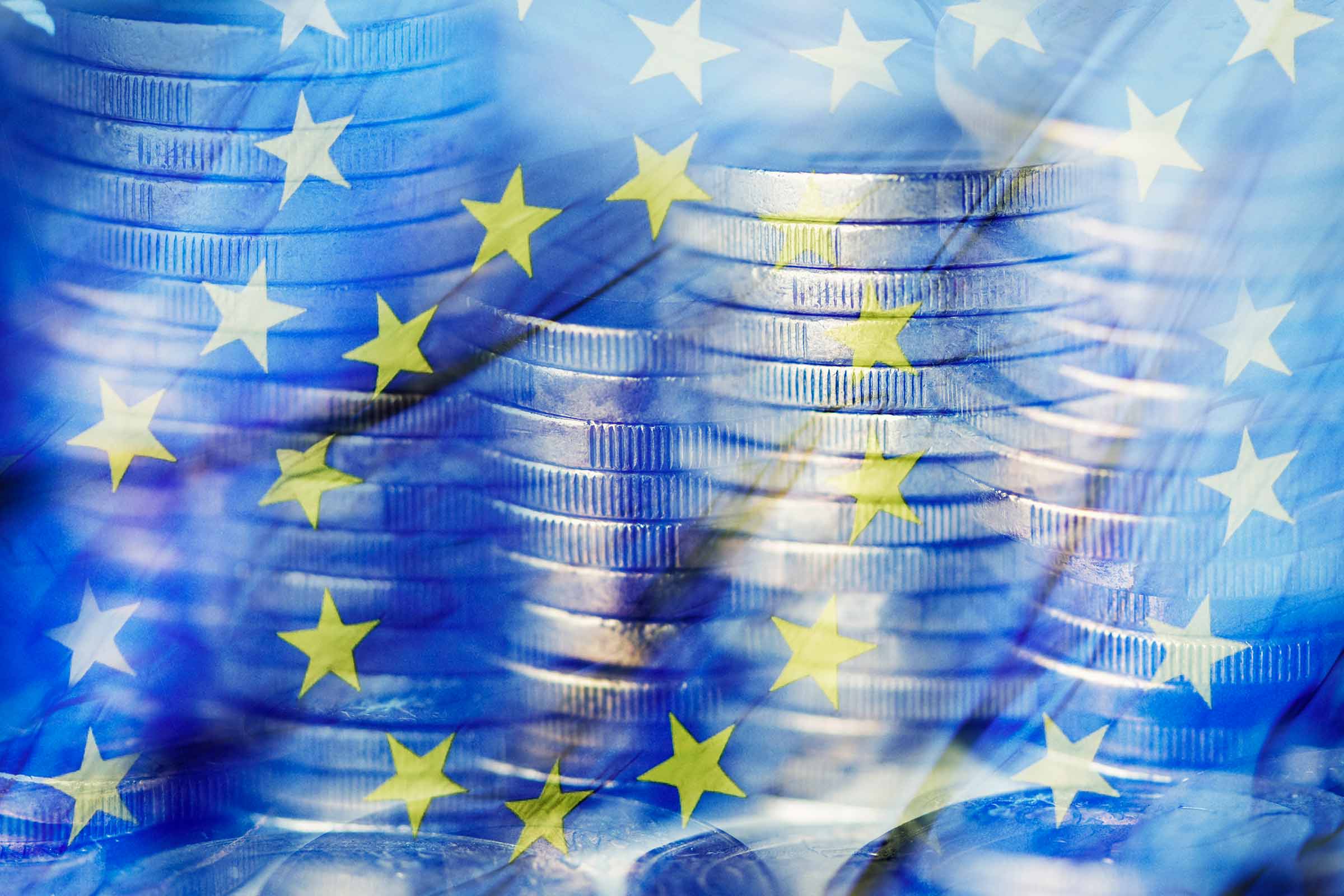In an unprecedented move, the European Commission (EC) will issue bonds for the first time in its history. But these are exceptional times that require equally exceptional measures. The pandemic caused by the COVID-19 virus has the entire planet in its clutches, and Europe is going through times of serious difficulty. In addition to the tragic and increasing number of deaths, one of the many consequences of the global health crisis, there are people who over the past few months have seen their sources of income compromised, if not completely extinguished. To address this worrying situation, the Council of the European Union (EU) agreed to the economic injection of European aid worth 750 billion euros.
The EC will use this historic bond issue to finance the 750 billion euros that will constitute the European Recovery Fund, also known as "Next Generation EU" (the official name given to this emergency instrument approved by different countries), known in Portugal as the "Recovery and Resilience Plan" (RRP).
How much European aid might Portugal receive?
As it stands, Portugal is expected to receive a total volume of European funds close to 31 billion euros between 2021 and 2027, of which it is estimated that more than 13 billion euros are in direct non-refundable aid (i.e, no need for repayment), while the remaining 14+ billion will come in the form of a loan.
However, the final amounts of this European aid await the EC's approval of the Recovery, Transformation, and Resilience Plan that the Portuguese Government must submit to Brussels.
European aid: Which sectors have benefited from this aid?
The EC was very clear in this regard: European aid cannot be used for just any purpose. In fact, along with the relaunch and revitalization of the economy across the eurozone, so hard hit by the devastation caused by the COVID-19 pandemic over the past year, Europe is also looking for this unprecedented economic injection to help the different Member States move toward a new social and economic model that endows the EU with the resources and tools needed to anticipate the challenges that may arise in the future.
In other words, it is not just a question of overcoming the COVID-19 crisis, but also of strengthening each of the strategic axes aimed at guiding the international context in the coming decades. For this reason, European aid will be mainly dedicated to financing projects in the areas of digitization of SMEs, sustainability, and abandoning energy sources (coal, oil, or gas) that are detrimental to the viability of the environment. If you want to know more about the sectors that might benefit from European aid, read and learn about them below.
What will be the role of sustainability and the circular economy in the distribution of European aid?
The European Union considers ecology to be a central point on which to build the Europe of the future. Ecology and Transformation must therefore go hand in hand. With the firm purpose of promoting values, habits, and consumption practices that respect ecosystems, European aid will provide funds for projects that broaden fields such as reducing the carbon footprint (carbon dioxide, or CO2, is one of the most detrimental gases in terms of global warming), sustainable mobility, and the transition to renewable and clean energy sources.
In this regard, it is necessary to underscore that sustainability also impacts the construction sector. This has been pointed out by the European authorities, who have stressed the importance of the urgently undertaking projects and works that optimize the energy efficiency of buildings and other infrastructure. The ultimate goal of this massive 'green' commitment is to foment a circular economy model in which waste is recycled and reused as a new raw material, thus reducing the serious impact that human activity has on the environment.
Digitalization and the 5G network: the keys to receiving European aid
Restrictions on geographic mobility have been one of the measures put in place to try to prevent the spread of the COVID-19 virus. This reduction in people's usual movement has placed further weight and importance on technology at present. Now more than ever, people chat, work, learn, consume, and enjoy leisure over the Internet.
Consequently, European aid will be decisive when financing projects whose goals, among others, are to improve telecommunications infrastructure, including in more depopulated areas (with the installation of fiber optics and new signal repeaters), strengthen cybersecurity for users, defend the responsible use of personal data, and stimulate the growth of electronic commerce.
The world is moving toward complete digitalization, where both connectivity and browsing speed will be multiplied by the implementation of new '5G' networks (the fifth generation of wireless communication technology). This will inevitably boost the "Internet of things", that is, the interconnection of various objects and electronic devices in people's day-to-day life.
Which other sectors will benefit from European aid?
Because these strategic axes are wholly relevant in the current climate, committing to sustainability and digitalization involves influencing a multiplicity of activity sectors that, at first, could seem hardly interconnected or even completely unconnected. For example, supporting the automotive sector (in the design and manufacture of less polluting vehicles, cars equipped with electric motors, autonomous and intelligent cars, etc.) is an essential step toward moving and traveling in a way that is greener and fairer for the environment.
The same occurs with digitalization, as it has on impact on sectors as diverse as health and the agri-food chain; it has been shown that both sectors optimize their operations and the service they provide to society when they take advantage of the benefits brought on by the advances of the digital age. For this reason, European aid will also finance initiatives related to these areas, together with actions aimed at modernizing schools, where new technologies must become irreplaceable tools.

